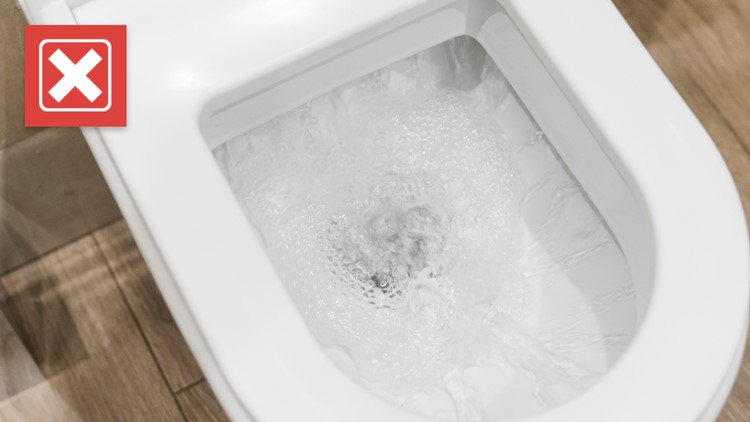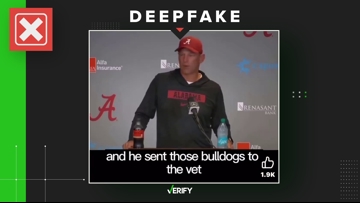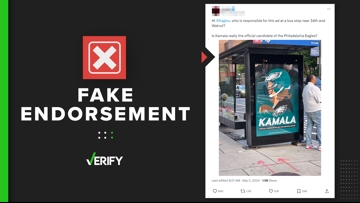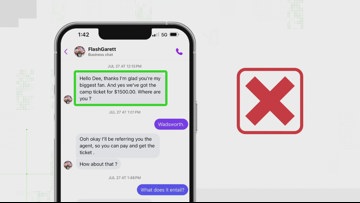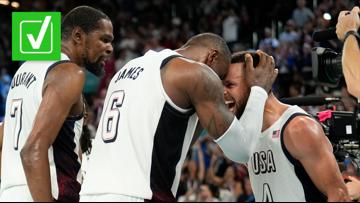Given the game, the commercials and the halftime show are all spectacles, it can be hard to find a good time to peel away from the TV screen during the Super Bowl.
Many Americans, according to a popular rumor repeated for decades, choose to go to the restroom at the same time: around the start of the game’s halftime. The legend says all of those people flush their toilets at once, stressing municipal wastewater systems enough to cause issues, such as breaks in water lines.
This “Super Bowl flush” was even credited for a 1984 water main break in Salt Lake City, Utah, an incident that has since been cited as proof of the phenomenon.
THE QUESTION
Has the “Super Bowl Flush” caused problems for city sewer systems?
THE SOURCES
LeRoy W. Hooton, Jr., former director of Salt Lake City’s Department of Public Utilities
THE ANSWER
No, the Super Bowl Flush has not caused problems for city sewer systems.
WHAT WE FOUND
The halftime “Super Bowl flush” does cause spikes in municipal wastewater flow, and in some places, the spike is among the highest in water demand for a typical year. However, most wastewater systems are designed to handle surges in demand and prepare for the Super Bowl accordingly.
There has never been a recorded incident where a sewer system malfunctioned because of the Super Bowl flush. Not even the oft-cited Salt Lake City incident can be attributed to the phenomenon; a link between the water main break and the Super Bowl flush was never found.
When Salt Lake City’s water main burst in 1984, it wasn’t anything unusual. A 1999 Salt Lake City bulletin written by LeRoy W. Hooton, Jr., former director of the city’s Department of Public Utilities, said the city’s water system was aging and had up to 300 water main breaks a year. He said he couldn’t confirm that this particular break was caused by a Super Bowl flush.
"I was in the water works profession for over 49 years and I don't think the Super Bowl had anything to do with the break," Hooton told Consumer Reports, a nonprofit consumer rights organization, in 2008. "As I recall, there was neither an increase or decrease in pressure measured in the water-distribution system before the break. However, once the ‘Super Bowl flush' statement was published, it caught on and continues to surface every year at this time."
Other cities have studied water flow and pressure rates during the Super Bowl to see its impacts on the systems, and to know what to expect during the next big game.
New York City Water compared water demand during the 2018 Super Bowl to the two Sundays before it. NYC Water found significant spikes at the start of the halftime show, at the end of the halftime show and at the end of the game.
NYC Water said that its water supply operators will send extra water to the city’s reservoir a few hours ahead of the Super Bowl to account for the spikes in demand and ensure residents don’t notice any drops in their water pressure. NYC Water did not report any issues with handling the Super Bowl’s surges.
A 2017 blog post from the University of Arizona said that Arizona wastewater treatment plants received their highest flow of the year during halftime of the Super Bowl. University of Arizona said plant operators prepare for peak cycles, and that the plants are designed to handle any super flushes that may arise.
Miami-Dade Water and Sewer Department (WASD) said in 2020 that its system’s water pressure drops significantly right at the two-minute warning before the half and continues to remain down throughout halftime. Big swings in water pressure could cause pipes to break. But WASD said it will add an additional pump to each plant to compensate for the decrease in pressure. WASD did not report any issues with handling the surges.
Some municipal water systems even say the increase during the Super Bowl’s halftime isn’t very significant at all.
“For us, the big game day is the same as any day,” said the Portland, Oregon, Bureau of Environmental Services in 2017. “Halftime will barely be a blip in the normal daily flow and certainly nothing in comparison to the flow increase from winter storms. Those are big game days for us.”

